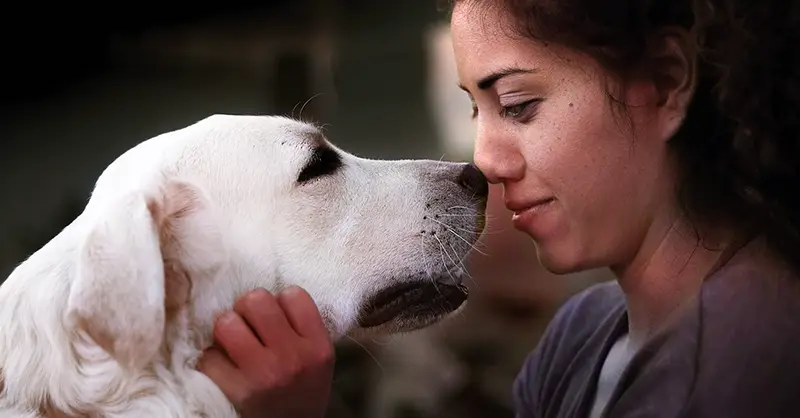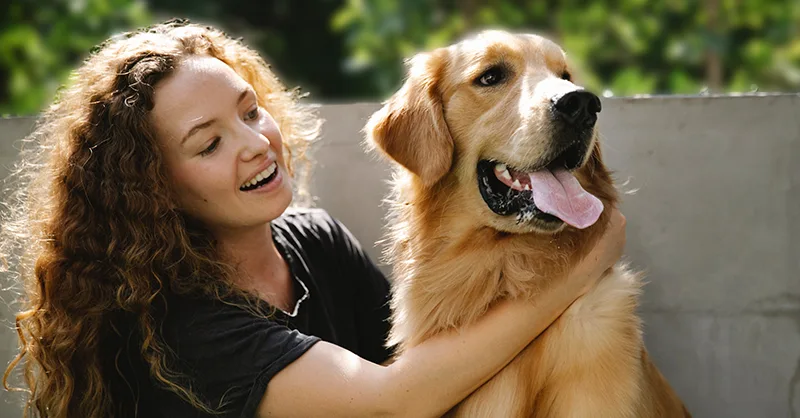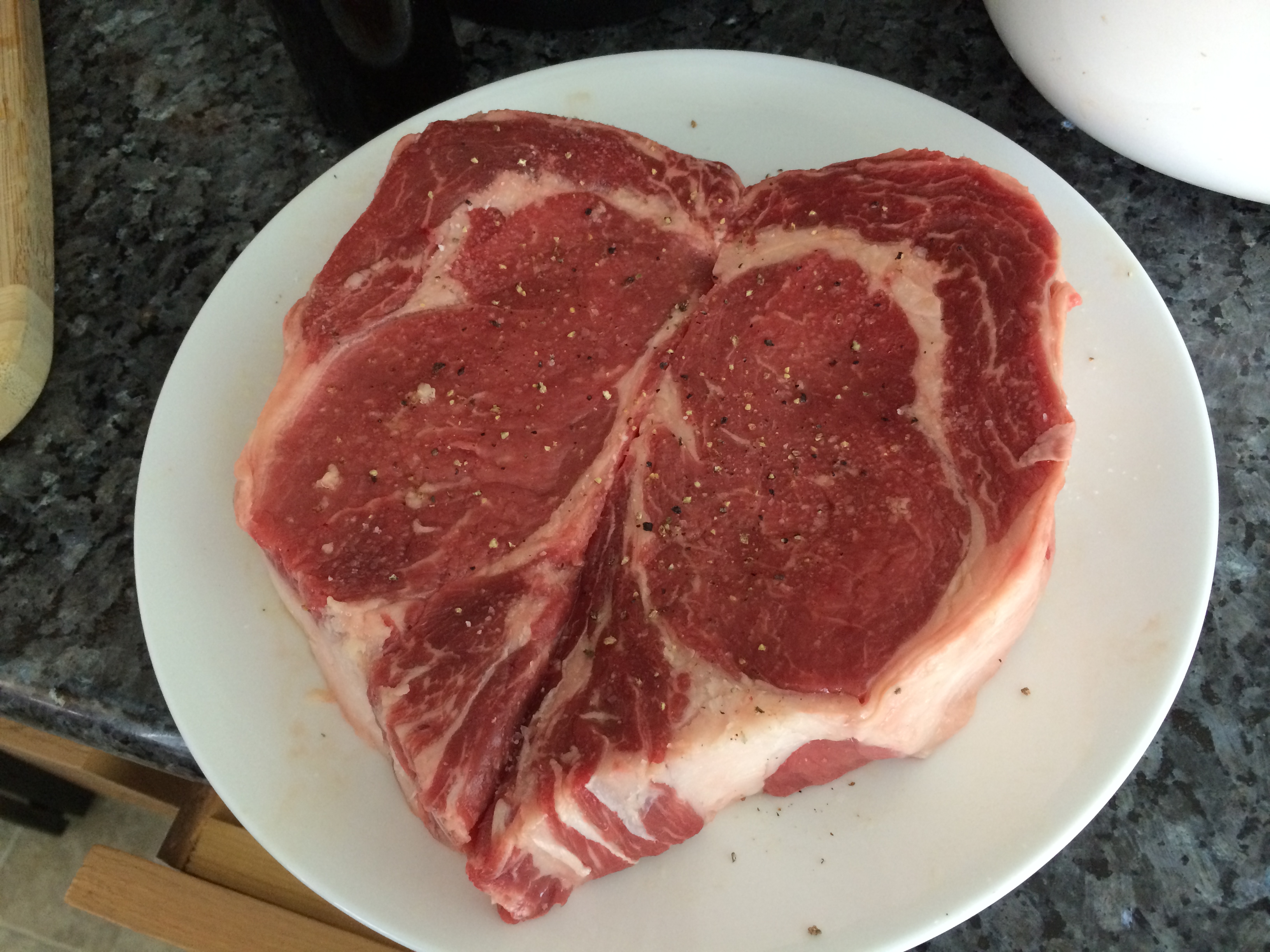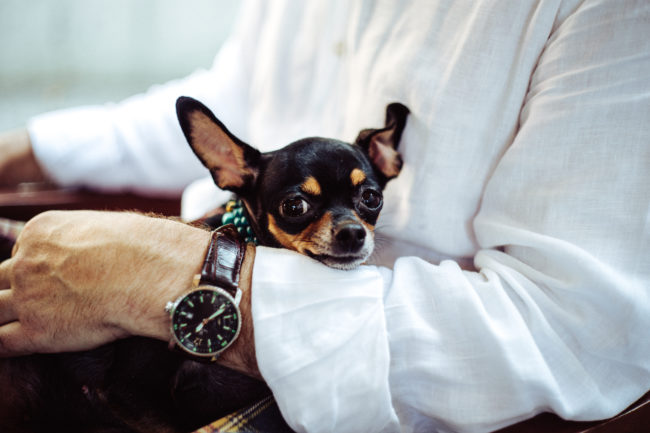All Our Articles on Dog Health

Save a Dog With Your Pacemaker – How to Donate
Do you have a pacemaker, or do you know someone that does? If you’re on this site, we already know you love furry friends, and... Read more

How to Keep Your Dog Safe During New Years
New Year's Eve can be stressful for dogs due to fireworks and changes in their environment. Understanding and preparing for these challenges can help ensure... Read more

How to Keep Your Dog Safe During Christmas
Hello, dear pet parents! Christmas is a wonderful time to celebrate with our furry family members. But amidst the cheer and festivities, it's crucial to... Read more

Peanut Butters That Are Dangerous for Dogs
Hey there, dog lovers! Have you ever wondered if sharing your peanut butter sandwich with your furry friend is okay? In this article, we’ll dig... Read more

Safety Tips for Dogs on Thanksgiving – Everything You Need to Know
Thanksgiving is a time for family and friends to get together, share a meal, and reflect on what they’re thankful for – and many families... Read more

Why You Should Spay and Neuter Your Pets
Owning a pet is a rewarding experience that comes with an array of responsibilities, including safeguarding their health and wellbeing. One pivotal, often discussed aspect... Read more

How to Keep Your Dog Safe on Halloween
Imagine Halloween through the eyes of a curious dog: baffling sights, peculiar smells, and an array of sounds, from the joyful squeals of costumed children... Read more

Fourth of July Pet Safety: What Can My Dog or Cat Eat?
The Fourth of July can bring about mixed reactions for your pet. Many dogs love the gathering of their favorite people and the possibility of... Read more

10 Easy DIY Dog Toys
Dogs can’t tell the difference between a luxury dog toy and a dollar store dog toy. All they know is that it’s given with love... Read more









